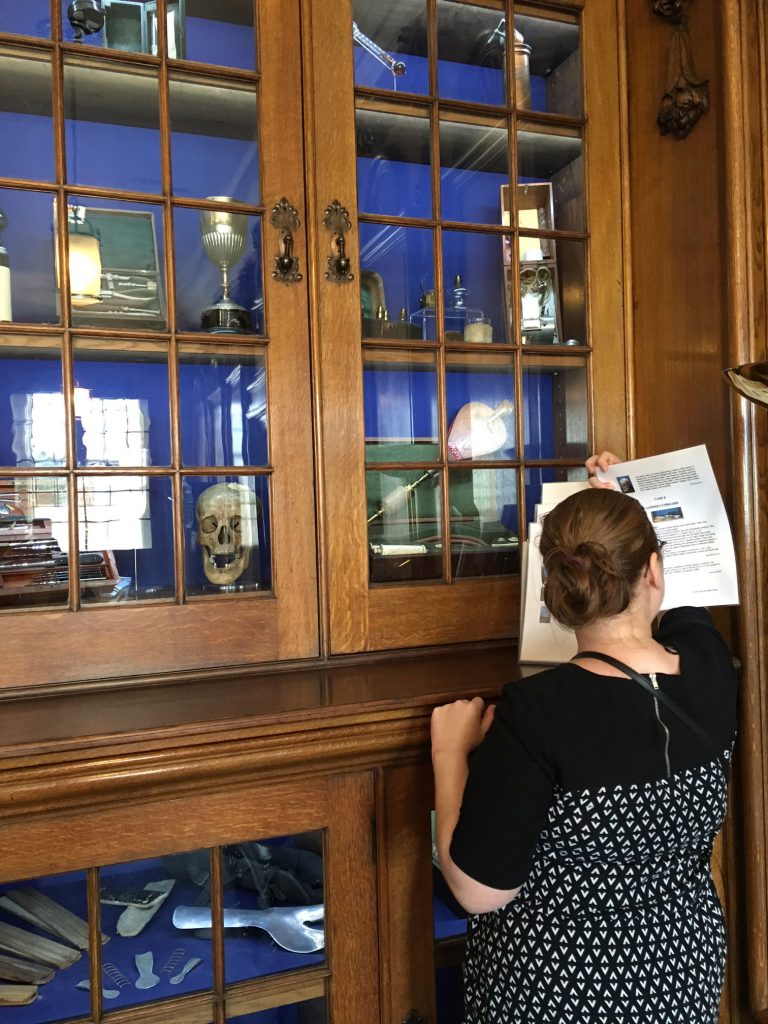(by VRAG with special thanks to Katrina Gould and Lesley Davies)
Members of the Liverpool research group visited the Liverpool Medical Institution for a historic building tour and a look at their extensive collections.
The Medical Institution opened in the 1770’s originally as a library so that local medical men could share their expensive medical books and journals. The Medical Institution, like the Royal School for the Blind, was displaced to make way for Lime Street Station and moved into a purpose built venue on Mount Pleasant where they remained right up to the present day.
Prior to the 19th century medical specialisation in diseases of the eye was regarded as inferior to many other surgical fields. Ophthalmology soon became one of the fastest growing specialities in Britain, mostly because of the epidemic of ‘Egyptian ophthalmia’, which hospitalised whole regiments of British and French troops during Napoleon’s Egyptian campaign (1798-1801).
This led to new interest in diseases of the eye, and respect for the ‘oculists’ who treated them, as it was imperative for the government to ensure their soldiers were kept as healthy as possible in order to continue fighting the French army. In addition, those affected by blindness while fighting overseas were candidates for financial support from the state, which further incentivised the government to find the cause of, and treatment for, this ‘new’ widespread disease.
Cataract surgery known as ‘couching’ which was performed by barbers and monks. It was available for over 2000 years, although it was very dangerous and rarely long lasting.
Within Britain itself the most common reasons for loss of sight were due to side effects from diseases such as small-pox, measles and whooping cough, as well as natural defects, injury, glaucoma, inflammation and cataracts. While there were very few treatments available for permanent blindness caused by these conditions, there had been rudimentary cataract surgery known as ‘couching’ which was performed by barbers and monks. It was available for over 2000 years, although it was very dangerous and rarely long lasting. Although improved and more modern techniques were developed by French and German physicians, such as the first cataract removal performed by Jacques Daviel in 1748, they were practiced by very few British surgeons until the latter half of the 19th century.
The tour itself, led by the Librarian of the Institution, was very interesting. It kicked off with tea and biscuits (always popular!) and took us to the library, lecture hall, meeting rooms and to look at various objects and documents in the collection.
The Liverpool Medical Institution has journals of the physicians from the Royal School for the Blind and we look forward to exploring their archives further.












